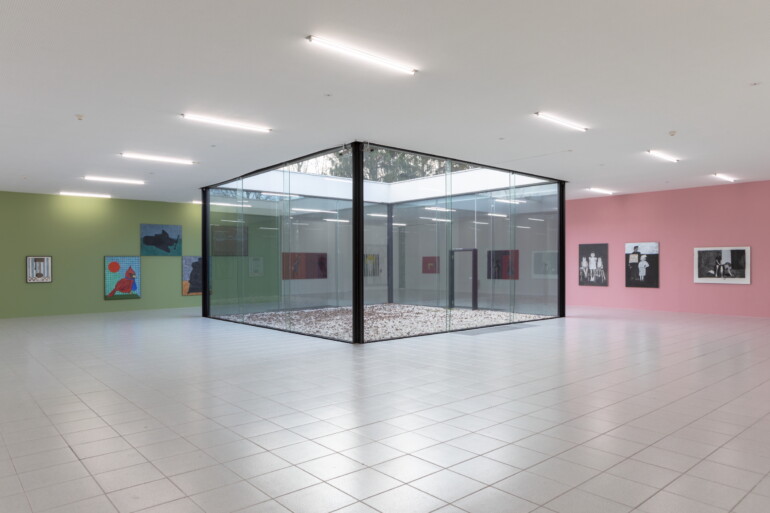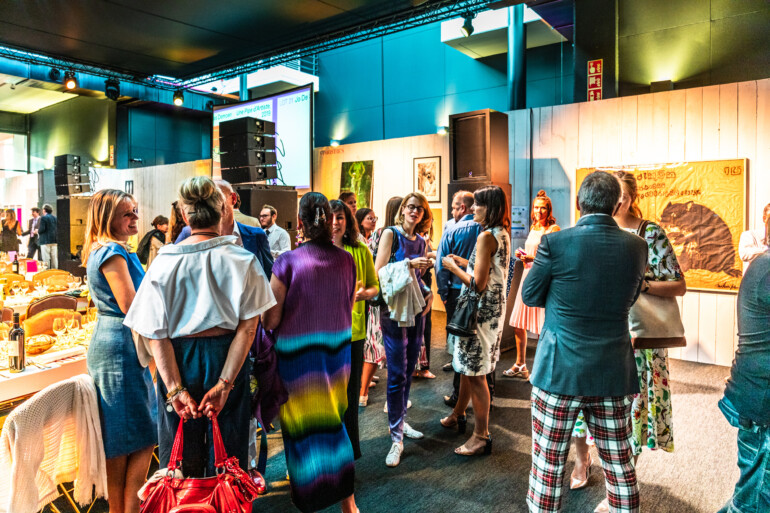Jenny Watson
The quirky oeuvre of the Australian artist Jenny Watson cannot be categorised under one heading. Reducing her work to a certain style or movement would miss the core of her extremely personal artistry. Her painting is characterized by a sketchy, naïve-looking figuration, typically painted on textile with the use of handwritten, affective texts often applied to separate text panels. Watson’s oeuvre reads like a series of souvenirs, in which imaginative snapshots from her own life serve as the basis for a larger narrative. Through seemingly simple, anecdotal representations, Watson opens a complex and poignant world that brings triviality, universal emotions and social topics, such as identity, gender and femininity, to the forefront.
Watson’s work is best described as “post-conceptual painting.” The artist who, in the early 1970s, started as a student in Melbourne making realistic paintings based on photographs, refers to the influence of conceptual art that set the tone at the time. The focus on language and content above aesthetics characterizes her work to this day. With her love for personal themes and obsession with figuration, Watson gradually developed her own style outside the mainstream. The social and cultural tendencies of the late 1970s and 1980s played a crucial role in this process. Whereas the feminist movement in Melbourne and the meetings with the American art critic Lucy Lippard encouraged Watson’s interest in subjectivity and psychoanalysis, the punk scene, with leading musicians such as Nick Cave and The Go-Betweens, created an extremely suitable climate for experimentation and cross-over between disciplines and subversion of the existing discourse.
Watson’s universe is occupied by a cast of female figures, which can be interpreted as self-portraits and various alter egos. Her experiences, dreams and passions as a teenage girl in the suburban area around Melbourne in the 1950s and 1960s serve as a starting point. Obsession with the pop songs of The Beatles, Twiggy, horses, movie stars and ballerinas is visible. In many of the works we recognize Jenny Watson herself - a red-haired woman in short skirt and black fishnet stockings.

